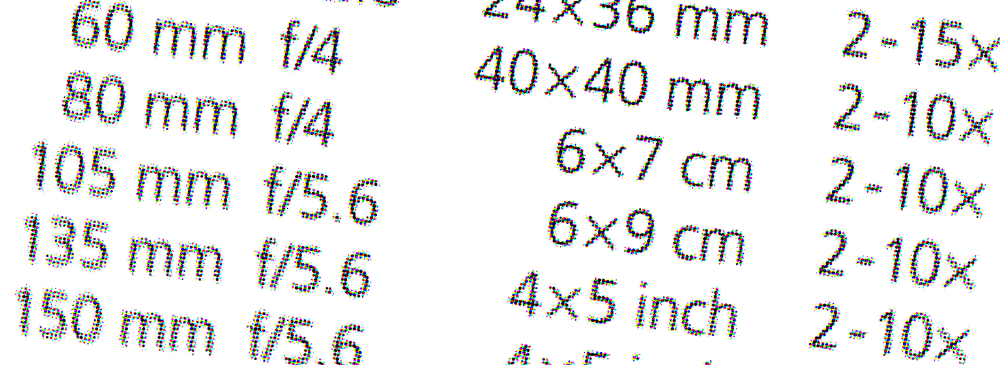Has become. You have a large format camera. Let’s assume it’s a modest 4×5 inch. What’s next? There is no doubt that the use of this type of analog equipment is involved much higher costs than is the case with smaller formats. It can be said that the costs increase in proportion to the area of the photosensitive material.
Equipping the darkroom for self-developing negatives is step one. Okay, it is done. Although you may have to pay extra for a lens or two, a few cassettes, a light meter, a magnifying glass when you buying a camera, but the benefit of the assumption that “to put the cart before the horses” will be fact that you bought developing tank. It will not be a cheap one because leaking Old Junk is not suitable. How about a Jobo 2520 and the spools for the sheets? Proven brand, convenience of use. Price? Phew… Inhale… exhale. Ok. Done. A moment in the darkroom and you have developed negatives. Now just… the right scanner purchase? Choosing a new one? There is only Epson V800. Of course there are a few used models, but almost no available. The one which you could obtain have prices that… let’s keep quiet.
Some kind of solution are contact prints and scan of them on a regular scanner. However, as we enter the darkroom, it may be worth paying attention to bigger formats than the one which you get as a contact print. Unfortunately, this implies proceeding to enlargement. It seems that the circle closes here, because the price of LPL 7450, Omega D, DeVere 504, Besseler 45 or Durst Laborator 1200 is similar to a new dedicated scanner or even more. You can also buy Meopta Magnitarius (up to 13×18 cm or ~5×7 inches), but finding one is almost as probably as meeting Yeti.
However, do not break down, dear readers, because if you have at least a bit of manual skills, some time and will and you could to build your own enlarger. You don’t even have to look for some sophisticated tools, a typical DIY kit is enough.
We could, of course, build from the scratch. We could also simplify process by using parts of existing enlargers as a base and adapt them to our needs. I used Krokus 66 as a donor, but any which is suitable for working with medium format material is good starting point. You only need a stand, bellows and mechanics, because the light source and everything else will be made anew, so also incomplete, and therefore often for pennies, devices can be taken into the account. So it’s time to go hunting!
Now I allow myself a little theoretical digressions and a bit of mathematics.
Let’s start with defining the magnification parameter – M. It is the proportion of the image side on the print Ps and the negative Ns. Since we’re assuming we’re going to enlarge our negatives, that means it has a value greater than 1.
M = Ps/Ns
For the magnification and the optical focal length of the lens EFL, the focal plane of the lens and the plane of the print distance is:
O = (M+1) * EFL
where the distance of the negative plane and the focal point of the lens N equals:
N = O/M
So distance from the plane of the negative and print C is a simple sum:
C = O + N

Negative plane (blue), lens focus (green), and print (red).
For the above formulas, assuming a 4×5 inch negative with the longer side ~125 mm and a standard lens in this case, i.e. 135 mm, the graph of O, N and C values depending on the magnification (also expressed in the form of the longer side of the print) looks like this:

Distances for 4×5 inch negative and 135mm enlarger lens. Vertical axis is distance value for O (blue line), N (red line) and C (orange line) to longer side of print, and magnification, on horizontal axis.
How the calculated values translate into actual changes that must take place in your enlarger so that it is suitable for working with the new target, large-format negative, you will be able to read in the next part.
